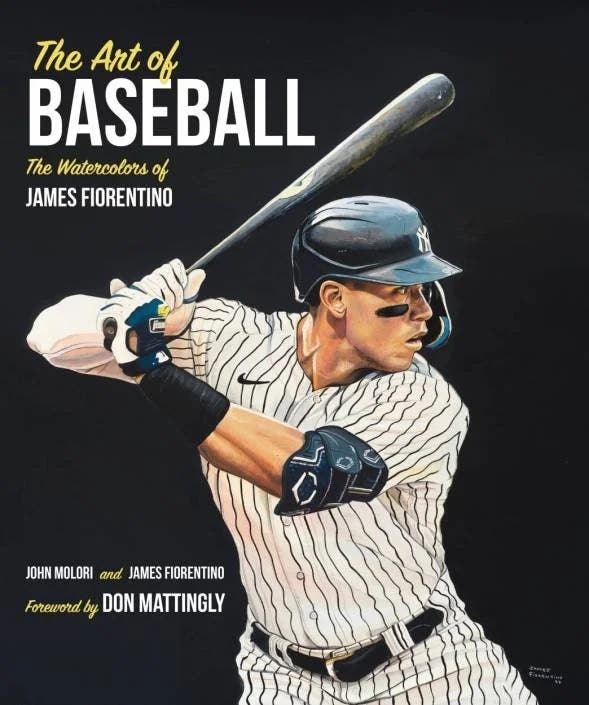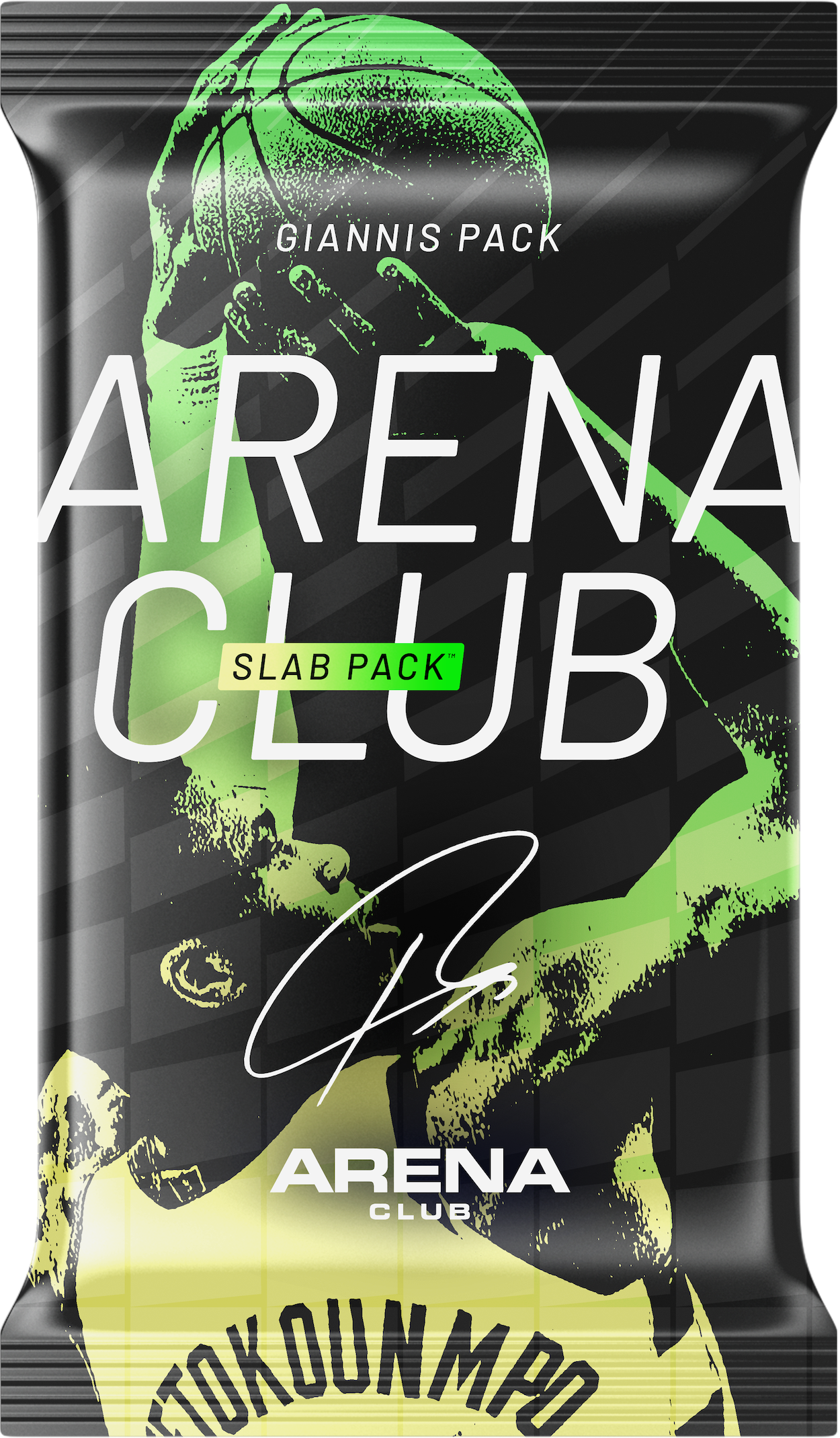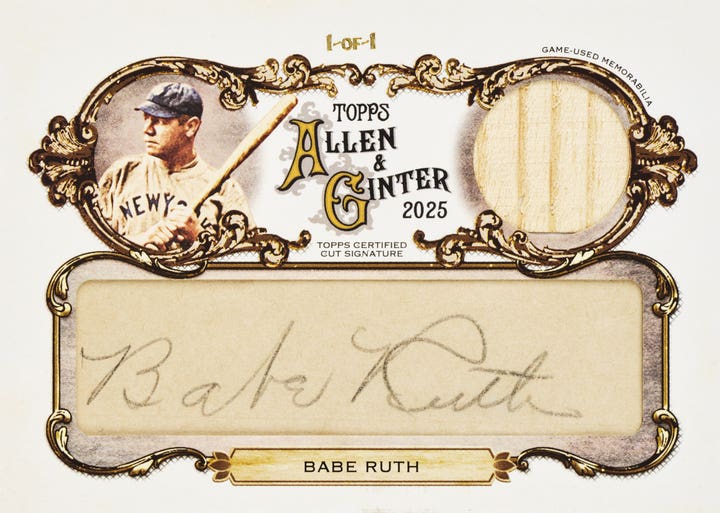News
Remembering Casey and the All-Stars
By Gary Stromberg
On any other day, someone passing through the lobby of the Cleveland Statler Hilton Hotel might have thought the nearly 73-year-old man sunk into a worn-down couch was just another businessman from the suburbs. He might be semi-retired, but still eager to schlep downtown a few days a week to stay active in the family business.
But this was no ordinary senior citizen. His hair was gray. He still had plenty of it. His eyes were clear. His smile was broad. He had lots of wrinkles. There were decades of exposure to the mid-day sun. His face was familiar to millions. There was no way he could just fade into the surroundings of this aging, tacky hotel lobby.
This was Casey Stengel. The real deal. The baseball legend. Longtime player. Longtime manager. A standout, colorful personality. The “Old Perfessor” was holding court, surrounded by baseball newspaper writers, a handful of friends from the game and some lucky Clevelanders who just happened by.
Stengel was in top form. He had bounced back from his fall from grace with the New York Yankees. He had enjoyed great success as their manager for 12 seasons. Under his guidance, the Yankees made it to the World Series 10 times. After an improbable collapse in the 1960 World Series, Casey was let go. After a year on the beach, Casey was called on to return to New York. This time to lead the hapless Mets. On this day, he was halfway through his second season in charge of the worst expansion franchise ever. That first year the Mets stumbled and bumbled to a pathetic record of 40-120. Mercifully, two rained-out games were never rescheduled.
Stengel was in Cleveland for the All-Star game – pontificating in that hotel lobby, rattling off one-liners and old baseball tales in rapid-fire fashion. He had the crowd wrapped around his little finger. I wandered up to the party hoping to score some autographs. I saw the crowd and knew I had hit the mother lode. I was 13 years old, a big baseball fan and recognized Casey in an instant. He was small in stature, yet larger than life in so many ways.
A couple hours earlier, I had hopped aboard a Cleveland Transit System bus and then a
Rapid Transit train to travel downtown from my house in Cleveland Heights. I was armed with my autograph book. The outside cover was blue, made of leather-looking vinyl of some sort. That autograph book was about to be held firmly in Casey Stengel’s hands, but before I get into that, let me share the back story of the treasured book.
Autograph book
Over the years, I had collected autographs from members of the Cleveland Indians, Cleveland Browns and even the Cleveland Barons, our city’s entry in the American Hockey League.
There was Jimmy Piersall, Vic Power and Gary Bell of the Indians. A plain Jim Grant signature. He usually signed, “Best Wishes Always, Jim ‘Mudcat’ Grant.” That “Best Wishes Always” part always made me feel like I was someone special.
Indians radio broadcaster Jimmy Dudley signed the book very neatly. Indians pitcher Frank Funk was a good get. His name was something special, whether it was written or pronounced out loud.
Flipping through that autograph book, it would be easy to overlook the signature of Chuck Essegian, but he had quite a back story. Like most people of Armenian extraction, Chuck’s last name ended with the letters “ian.” His name was fun to pronounce. Kind of like Chukka boots, except it was something like Chukka Segian. When I was 5 years old, I thought the Indians relief pitcher was named Raynar Leski. Turns out it was Ray Narleski.
Chuck Essegian was quite a gifted athlete. Just like John Elway would do a couple of decades later, Chuck played both football and baseball at Stanford. Essegian was part of an unusual subculture on the 1951 Stanford football team. Among his teammates were Norm Manoogian, Len Kaprielian, Gary Kerkorian and Harry Hugasian – perhaps the greatest aggregation of Armenians in football pads ever.
The five Armenians were part of a great Stanford team. They made it into the 1952 Rose Bowl game and took on Illinois. It was a close game until the second half, but then the Illini broke away from the Cardinal and all of the Armenians.
That game on New Year’s Day was the first college football game to broadcast nationally. NBC carried it, and Mel Allen, the Yankees play-by-play guy, was behind the microphone.
After college, Chuck Essegian decided to focus on baseball, In 1959, he found himself playing for the Los Angeles Dodgers. Good timing on his part since the Dodgers, in their third season on the West Coast, won the National League pennant.
Essegian, already with a Rose Bowl game under his belt, was headed to the World Series. He would be the second athlete to play in both.
Jackie Jensen scored a touchdown in the 1949 Rose Bowl. His team, the California Golden Bears, wound up losing the game to Northwestern. The following year, Jackie played in the World Series for the New York Yankees. His contribution in the Fall Classic was brief; he was a pinch-runner for a quick minute.
Chuck Essegian’s World Series performance was far more memorable. He came to the plate four times. He made an out once, he walked another time and then became the first player ever to hit two pinch-hit home runs in the World Series.
Of course, if I had my way, Essegian would have been squaring off against the Cleveland Indians in that 1959 World Series. Led by Rocky Colavito and Tito Francona that year, the Tribe was in a neck-and-neck pennant run with the Chicago White Sox. That was the season Rocky electrified Tribe fans by clubbing four home runs in a single game against the Baltimore Orioles.
The Sox led the Indians by a game-and-a-half margin as they came into Cleveland at the end of August for a four-game weekend series. If the Indians could win three or four games that weekend, they could really boost their pennant chances.
Cleveland was in a frenzy. More than 70,000 fans showed up Friday night. More than 66,000 were on hand for the Sunday doubleheader. I was there that day with my mother, Helen, and my sister Karin. Our seats were in row Z of the upper deck.
It was a disastrous weekend. The Indians lost all four games. The pennant dreams were dealt a serious blow. I was 9 years old. Heartbroken, I at least hoped the Indians would get to a World Series some day. As it turned out, when it finally happened, I would be 45 years old. That was 36 years after the flop of ’59.
A little moxie goes a long ways
On July 8, 1963, it was the day before the All-Star game was to be played. My grandfather Al Stromberg was a downtown businessman. His office was adjacent to the Statler Hilton. I mentioned to him I would be coming downtown to track down baseball royalty and beg for autographs. Grandpa Al suggested that I set up a hospitality suite at the Statler, have a bartender pour a drink or two for the players and I could corner them for their signatures. My grandfather was a big thinker that way.
The National League had its headquarters at the Statler. The American League set up shop down Euclid Avenue at the Cleveland Hotel on Public Square. I would shuttle between the two hotels.
I had a fair amount of moxie for a young kid. I was in a bit of an awkward stage. I had a year of Roosevelt Junior High under my belt. I wasn’t what you would call fat, by any means – just kind of sturdy. When I went to the May Company to buy school pants, I would look for labels that said husky. I had a mole on my left cheek.
I handed my autograph book to Casey Stengel. Through my childhood, Casey stood as the trademark of the much-hated Yankees. The Indians were one of the few teams to challenge the Yankees in those days, but Casey was at the helm of one of baseball’s greatest dynasties. He had Mickey Mantle and Roger Maris. Maris, of course, started out with Cleveland, but only found success when he slipped into the Yankee pinstripes.
Casey sized me up and took notice of that mole on my face.
“What’s happened to you kid? Did a ground ball bounce up and hit you in the face?”
The crowd responded with a laugh. There was no stopping Casey. He could improvise with the best of them.
Casey’s autograph and those priceless moments in the spotlight with him would turn out to be the highlights of the day, but there were other memorable events.
I scored the signature of Yankees catcher Elston Howard. He had, without question, the finest handwriting in pro sports history. I tracked down slugger Harmon Killebrew, Earl Battey, Larry Jackson, a very young Ron Santo and Gene Mauch, one of the coaches for the National League team.
Baseball players were somewhat easy to spot that day. Regular businessmen were dressed in suits or sport coats. The ballplayers were attired in casual shirts. Some wore light cardigan sweaters. They were 30 years old, give or take, usually good-looking. Most athletes usually have everything going for them.
Mike McCormick of the San Francisco Giants was not on the All-Star team, but I now presume he was in town for player’s meetings. In all of the commotion, I zeroed in on him, not once but twice. I shoved the autograph book in his face, first on the north side of the Cleveland Hotel and then again on the east side of the building. I didn’t realize it was the same guy until well into the process, and I guess in his defense, most 13-year-old boys look about the same, even if they have a mole on their left cheek. So there are two Mike McCormick signatures just a couple of pages apart in my autograph book.
Joe Torre would also sign. He was with the Milwaukee Braves at the time and would go on to be the manager of the New York Yankees. It would be 34 more years down the line before our paths would cross again.
On our second encounter, I was a reporter for a Cleveland television station. Joe was in town to manage the American League team in the 1997 All-Star game. I was positioned outside the Marriott Hotel the day after game, getting comments from players as they prepared to leave town. It was fun, light-hearted stuff. For example, I cornered Kenny Lofton of the Indians and asked him if he liked the hotel. I asked him if he got free HBO in his room.
“I didn’t have time for no HBO,” he replied.
But back to Joe Torre. He comes walking toward me. I thought I would try to get a rise out of him. Albert Belle was a great player, but a hot-headed malcontent, a ticking time-bomb in the clubhouse. He had left the Indians the year before and it was no secret he was causing headaches for his new team the Chicago White Sox.
“Hey Joe, what would you say if I told you the Yankees just made a trade for Albert Belle?”
Torre stopped dead in his tracks. All of the color flushed from his face. He was panic-stricken at the idea of having to deal with Belle. After a moment he realized I was just kidding.
“So what would you say Joe?”
“I would say you gotta big mouth.”
And then he stormed off toward his taxi cab.
But back to 1963 and Casey Stengel. Bob Sudyk, a sportswriter for the Cleveland Press was on hand scribbling notes as I continued to chatter with the Mets skipper.
I was in my third year of the Tris Speaker Little League at the time. My first two years were nothing short of horrible. I was playing against boys who were larger, stronger and faster.
I was actually relieved the following year when I was demoted to the “B” league. Most of the players there were not only younger, but smaller, weaker and slower. Hard to find any Major League prospects in those games.
So in that summer of ’63, I finally found my groove. I learned I could compete fairly well when I was matched up with other losers and misfits.
“Do you play baseball?” Casey asked.
“Yes I do. I am hitting .450 in the Tris Speaker Little League.”
Here I am telling this to a guy who actually knew Hall of Famer Tris Speaker.
And here is Casey’s response to my batting prowess as reported in the next day’s Cleveland Press: “Casey’s eyes widened, his face took on a pixie grin as he said, “I don’t suppose your folks would let you come back to New York with me?”
That generated the biggest laugh of all in the Statler lobby.
Sadly, I didn’t attend the All-Star game the following day. Instead, I rode the 32 bus to my grandmother’s house in Beachwood to watch the game on her color TV. Baseball broadcasts in color were pretty uncommon those days. A box seat ticket for the game would have set me back $8. Way out of my price range back then.
It turned out Willie Mays was the MVP of the game, knocking in two runs, scoring two others and, of course, making a circus catch in the outfield. It was Mays who took the wind out of the Indians sails nine years earlier in the 1954 World Series. Vic Wertz hit a towering fly ball deep into the outer reaches of center field of the Polo Grounds in the first game of the series. Mays took off like a gazelle and snared the ball over his shoulder with his back to home plate. It remains one of the iconic plays of all time.
Had Willie not caught up to it, two Tribe base runners would have scored and Cleveland would have won in regulation, instead of losing in extras. The Indians had won a staggering 111 games in that 154-game regular season that year. The Mays catch set the tone for that World Series, and the Indians dropped four straight.
Even though the National League beat the American League 5-3 in that All-Star game, I have always regretted I didn’t join the 44,160 on hand to witness it.
It was Stan Musial’s 24th and final appearance in an All-Star game. Over the years, he pounded out 20 hits in 63 All-Star at bats, a .317 average. That included six round-trippers. Stan the Man was certainly consistent. In his career he had 3630 hits, exactly half were in Sportsman‘s Park in St. Louis. The other 1,815 were in the other National League parks.
Seeing Henry Aaron would also have been a thrill. I did redeem myself 21 years later. I was in the stands at Fulton County Stadium in Atlanta on April 8, 1974, when Hammerin’ Hank surpassed Babe Ruth’s all-time home run record.
I regret not getting Sandy Koufax’s autograph back in 1963. If I ever have grandchildren, I can at least tell them I was once in the same building as Koufax. He was up in his hotel room while Casey was chatting with me in the lobby.
I wouldn’t have minded landing Bill Monbouquette’s autograph. The Red Sox hurler was one of the few ballplayer’s to have two of the letter “u” in his name.
Perhaps it is only fitting that exactly 50 years after my face time with Mets manager Casey Stengel, the New York Mets were hosting this summer’s All-Star game.
A half-century ago, I was pretty thrilled our encounter was spelled out in a newspaper column. If a similar scenario took place today, it would no doubt be recorded on half-a-dozen cell phone cameras. It would be uploaded to YouTube. It would be Auto-Tuned. David Letterman would run a clip. Ellen would invite me on her show.
But the two things I have to hold onto are a treasured signature from a legend, and a news clipping that has faded into a deep orange. You know what? I’ll settle for that.
Gary Stromberg is a freelance contributor to SCD and author of three books, “Aren’t You That Newsman,” “Every Tiger Has a Tale” and “Absolutely Al.” He can be reached at garystromberg68@gmail.com.








